The Gastronomic Traditions of Puglia
0 Comments/in Blog/by Dominique RizzoThe Gastronomic Tradition of Puglia
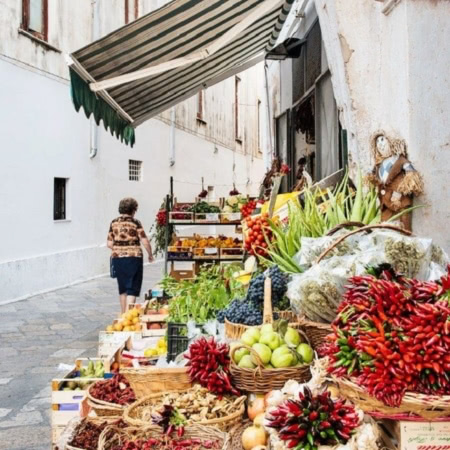
The Apulian cuisine is a simple cuisine linked above all to the work of the land, which has been able to elaborate typical dishes with many flavors and aromas. There are four main ingredients in this gastronomy: oil, wheat, vegetables and fish. From the numerous olive groves we obtain that oil which represents about a third of the total Italian production. Durum wheat is also grown in Puglia, which is the origin of innumerable types of pasta and the tasty Apulian bread. Very widespread and of high quality are the fruit and vegetable productions, the basis of very original dishes. In fact, Apulian cuisine boasts a rich variety of vegetables and products grown in the lands overlooking the sea or in those in the interior of the region. Finally, overlooking the waters of the Adriatic Sea on one side and the Ionian Sea on the other one, the region can enjoy freshly caught fish and seafood that is always available.
Rich in flavors and aromas, Apulian cuisine is renowned throughout the world for its special authenticity. It is a cuisine made of love and passion, of tradition and wisdom handed down from mother to daughter. Flavors and colors blend on the table, but a contribution to the flavor and its success is provided by the raw material: from the Polignano carrot to the Torre Guaceto or Lucera tomato, from the Galatina chicory to the white one from Otranto, up to the renowned red onion of Acquaviva, there are several vegetables and fruits characteristic of the cultivations in the region.
Simple dishes coming mostly from the poor and peasant tradition. Each season is characterized by its aromas and its typical recipes. Starting with the beloved orecchiette with turnip tops, or orecchiette with horsemeat sauce. Walking through the narrow streets of some cities such as Polignano a Mare, Ostuni, Lecce or Gallipoli, it is possible to meet housewives at work dedicated to the preparation of cavatelli, strascinati, troccoli and orecchiette. In Puglia, handmade pasta is seasoned above all with vegetables: pasta and broccoli florets, pasta and cabbage, macaroni and aubergines, pasta and broad bean purée, spaghetti and chicory. In addition to the delicious first courses, Puglia is renowned throughout Italy for its special products such as bread from Altamura, or the tasty focaccia from Bari, vegetables in batter and many other delicacies with an unforgettable flavour.
Cheeses also play an important role: they have strong flavors such as cacioricotta, canestrato, ricotta, or some typical regional dairy products such as mozzarella, stracciatella or burrata.
And the meat? As in all of southern Italy, beef is scarce, even if the Sunday dish of brasciole with sauce excels; on the other hand, game, poultry, pork, wild rabbit and above all sheep meat are widely used, where the region is in third place in national production, after Sardinia and Lazio.
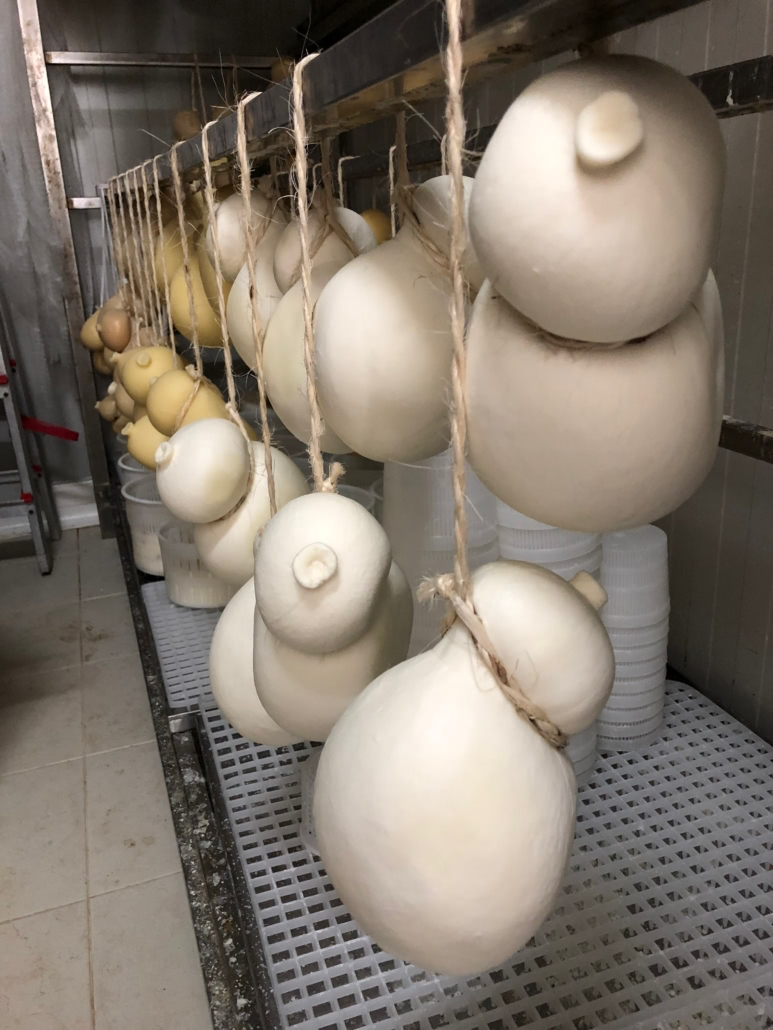
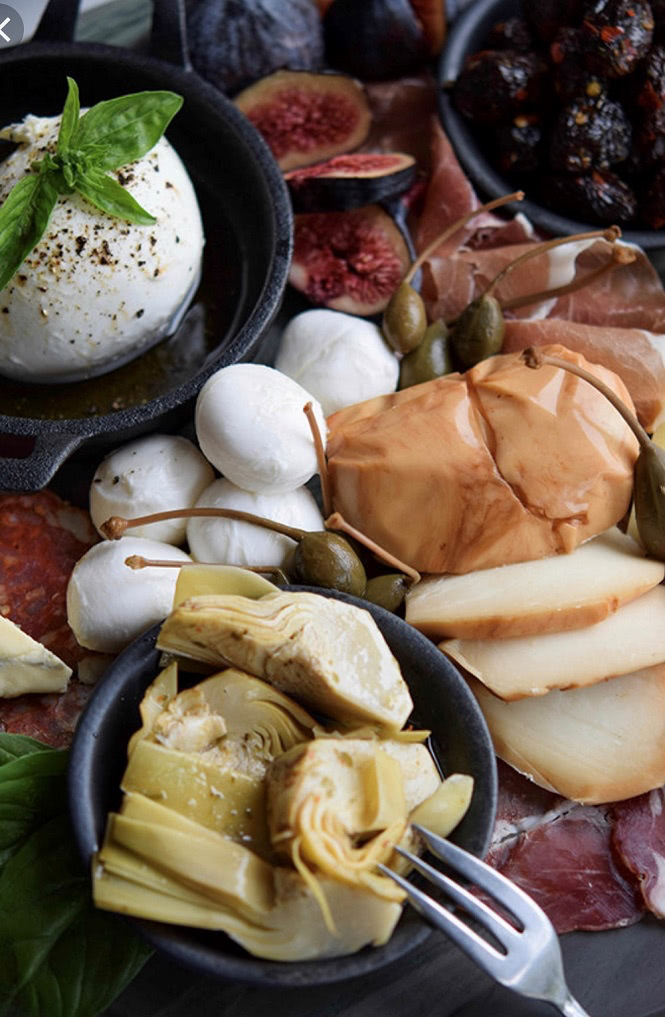

Let’s not forget that fish is very abundant on the entire Apulian, Adriatic and Ionian coast. From Bari octopus, to anchovies that are eaten raw; from seafood to oysters cultivated according to a custom that dates back many centuries; from the mussels of Taranto, which are often cooked “arracanate” (that is, covered with breadcrumbs and parsley, with garlic, oil, oregano and tomato), to the rock mullets of Polignano.
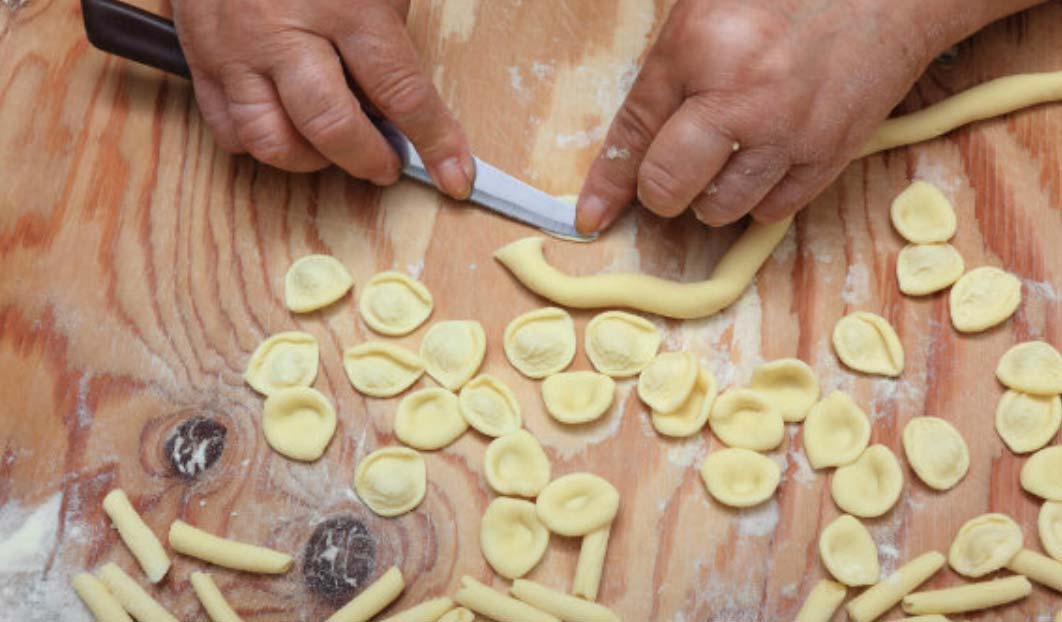
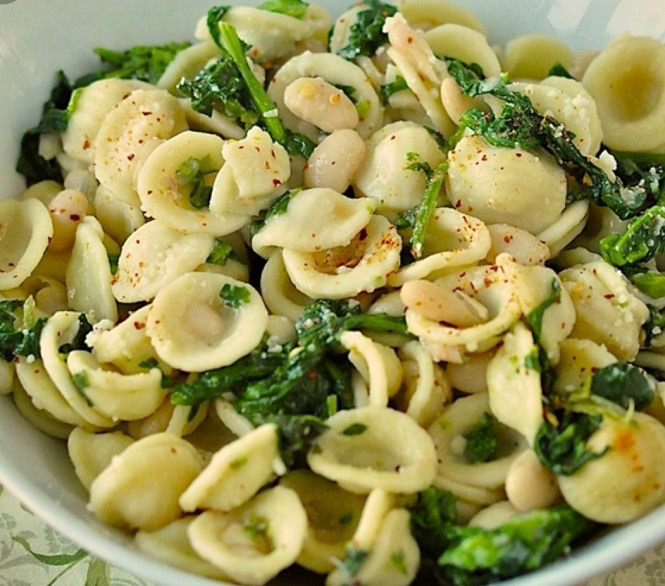
Let’s see in particular some of these dishes of the Apulian culinary tradition:
Orecchiette are the typical Apulian dish and symbol of traditional pasta. They are a true icon of Apulian cuisine and are now renowned throughout the world. Made with fresh handmade pasta with flour, water and salt, their small ear shape goes perfectly with any type of sauce. The most famous are orecchiette with turnip greens and anchovies, orecchiette with meat sauce and orecchiette with tomato, ricotta and basil. Orecchiette are typical of Bari, but their historical origins are uncertain: some claim they were introduced during the Middle Ages, others trace them back to the Jewish community residing in the area during the Norman-Swabian domination. The fact is that even today this pasta is among the most appreciated Apulian first courses both by the local population and by visitors and can be found cooked with different seasonings. Of course, the most classic is orecchiette accompanied by turnip tops, oil, salt and anchovy fillets.
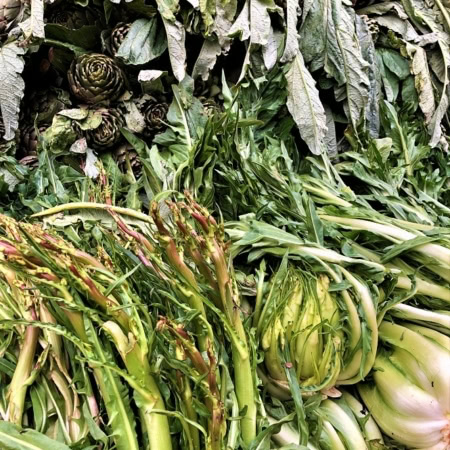
Broad beans and chicory is another dish of traditional Apulian cuisine, certainly the most representative dish of Apulian peasant culture. It is smoothly blended broad beans combined with olive oil and seasoning and chicory, served with croutons. Perfect combination of legumes and wild vegetables, simple but nutritious ingredients, with a really tasty result.
Bombette, another Apulian dish, is a meat-based specialty born and widespread throughout the Itria Valley.
Made from thin slices of pork neck which enclose a filling of abundant caciocavallo cheese, bacon and spices. Typically cooked on a skewer / spit in a wood oven, they are eaten in one bite. A unique culinary experience, which can also become cultural if you eat them during the village festivals.
Pancotto is a simple and poor winter dish that arises from the need to use stale bread in a peasant civilization that could not and did not want to waste bread that was no longer fresh. A dish seasoned with a mixture of wild vegetables, called “ammischk”. A dish that is typically Apulian with small variations from town to town.
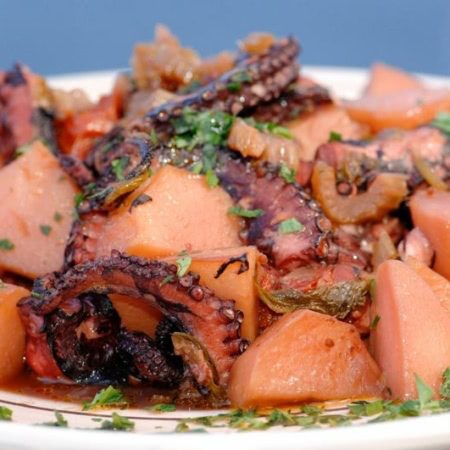
Octopus “alla pignata” is also among the specialties of Apulian food. In Salento, octopus alla pignata is an original dish that has its roots in popular tradition. It is prepared with the addition of potatoes, tomato, onion and celery to enhance the flavor of the octopus. The cooking of the octopus in the pignata, a terracotta container with very thick walls, which makes it ideal for slow cooking, is not accidental.
Among the most loved typical Apulian foods there is certainly the Tiella, a sort of Apulian paella that takes its name from the pot in which it is traditionally cooked. It is precisely in the tiella that rice, potatoes and mussels are placed to be mixed with onion, tomatoes, garlic, parsley and breadcrumbs and finally baked. It was once enjoyed on holidays while today it is one of the most consumed recipes both hot in the cooler seasons and in summer as a cold and complete dish.
Stuffed aubergines are a dish that the Apulians love madly. They are incredibly tasty, especially when filled with minced meat or pasta and bread.
Brasciole are horsemeat rolls cooked in the sauce, which must be tasted. Widespread especially between the provinces of Bari and Brindisi, brasciole are a preparation considered among the poor but incredibly succulent dishes, from whose slow cooking a thick and delicious sauce is also obtained, perfect for seasoning pasta.
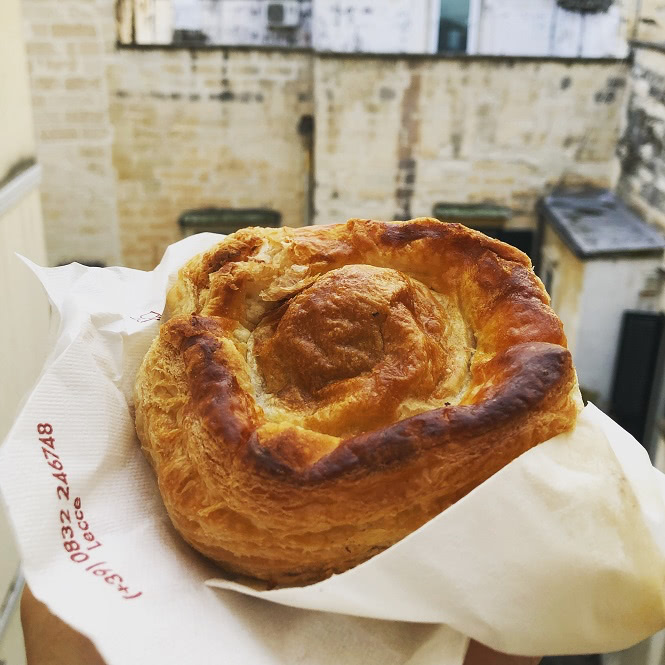

For street food lovers, the Panzerotto can be found in the stalls and rotisseries of every alley in Puglia. It is the classic mezzaluna made with pizza dough and generally filled with mozzarella and tomato. It’s fried and crunchy on the outside and soft and gooey on the inside. This delicious food dates back to the seventeenth century and was also born thanks to the diffusion of tomatoes imported from America.
The Rustico, typically found in the city of Lecce is a round-shaped savory, flakey pastry filled with béchamel sauce, a little bit of tomato sauce, and mozzarella, although the latter does not always make an appearance.
After delicious first courses and very tasty second courses, it is impossible not to mention some of the best traditional Apulian sweets: Cartellate (or “carteddate” in the local dialect) are puff pastry pancakes sprinkled with vincotto, honey, spices and almonds, which are typical of days of celebration and enrich the Apulian tables especially at Christmas. Their particular shape is said to recall the halo of the Child Jesus or the crown of thorns of the Jesus on the cross.
The Apulian sweets then reserve the same great surprises with dishes of extraordinary goodness including Casatiello, Zeppole, Rosata of almonds, Boconotti, Pasticciotto Leccese, taralli with vincotto and many other delicacies.
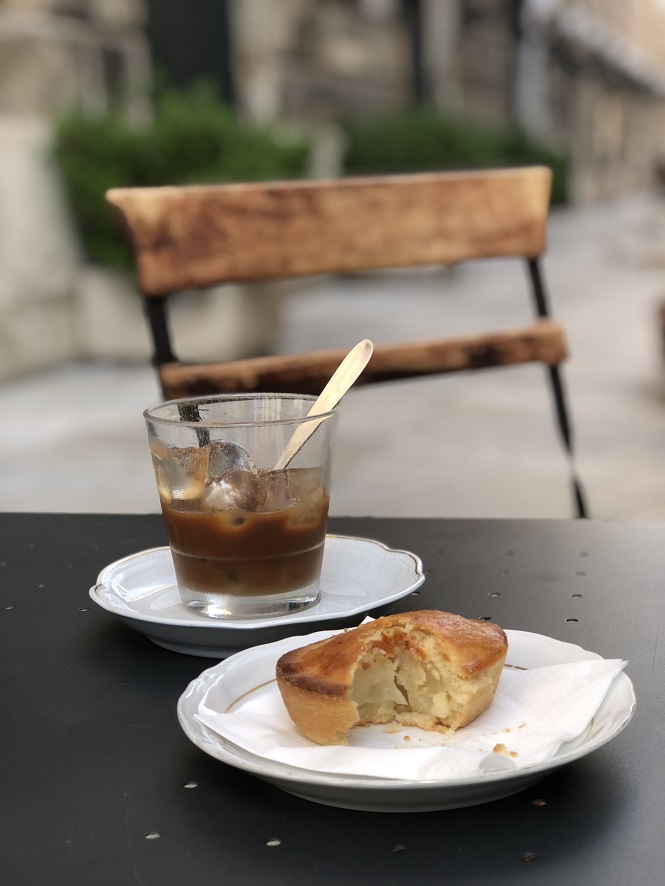

Love what you have read and want to experience Gastronomic Puglia? Click here for details of my Gastronomic Discover Puglia Tour travelling in 2024



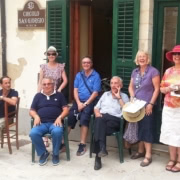



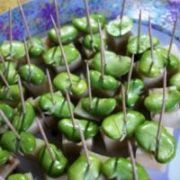

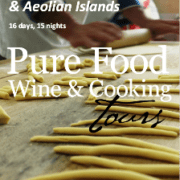
Leave a Reply
Want to join the discussion?Feel free to contribute!